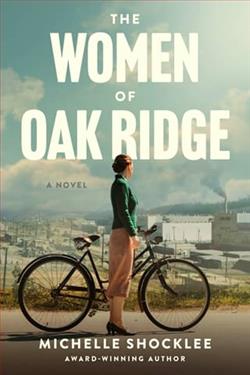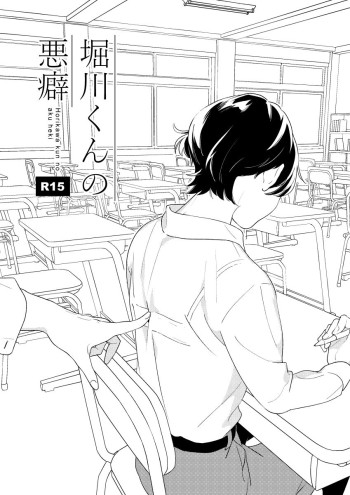Michelle Shocklee's The Women of Oak Ridge is a compelling narrative that weaves together the lives of two women across different timelines, set against the backdrop of one of the most secretive and pivotal projects of the 20th century—the Manhattan Project. This novel is not just a historical fiction piece; it is a profound exploration of secrecy, sacrifice, and the enduring impact of choices made in the shadow of war.
The story unfolds in two distinct timelines: 1944 and 1979. In 1944, we meet Maebelle Willett, a young woman who arrives in Oak Ridge, Tennessee, with the hope of contributing to the war effort and supporting her impoverished family. Her journey is one of discovery and disillusionment as she navigates the enigmatic environment of Oak Ridge, where secrecy is paramount, and the true nature of her work is shrouded in mystery. Shocklee masterfully captures the tension and uncertainty of this era, immersing readers in a world where even the smallest slip of the tongue could have dire consequences.
Maebelle's character is richly developed, embodying the hopes and fears of countless women who found themselves thrust into roles they never imagined. Her determination to uncover the truth about her roommate's disappearance, despite the risks involved, speaks to her courage and resilience. Shocklee's portrayal of Mae is both empathetic and nuanced, allowing readers to connect deeply with her struggles and triumphs.
Fast forward to 1979, and we are introduced to Laurel Willett, Mae's niece, who is a graduate student in Boston. Laurel's academic curiosity about Oak Ridge and her personal connection through her Aunt Mae drive her to explore the hidden history of the Secret City. Her journey is one of discovery, not only about the past but also about her family's legacy. Laurel's character serves as a bridge between the past and the present, highlighting the enduring impact of historical events on subsequent generations.
Shocklee's narrative structure, alternating between these two timelines, is executed with precision, maintaining a seamless flow that keeps readers engaged. The dual timelines allow for a rich exploration of themes such as secrecy, the moral complexities of scientific advancement, and the personal cost of war. The juxtaposition of Mae's wartime experiences with Laurel's modern-day quest for truth creates a dynamic tension that propels the story forward.
One of the novel's most compelling themes is the exploration of secrecy and its consequences. Oak Ridge, known as the Secret City, serves as a microcosm of the larger wartime effort, where thousands of individuals worked in isolation, unaware of the true nature of their contributions. Shocklee delves into the psychological toll of this secrecy, illustrating how it permeates personal relationships and shapes individual identities. Mae's reluctance to discuss her past with Laurel underscores the burden of carrying secrets, even decades later.
The novel also raises important ethical questions about the development and use of the atomic bomb. Through Mae's experiences and Laurel's research, Shocklee invites readers to reflect on the moral implications of scientific progress and the human cost of technological advancement. This theme resonates with contemporary audiences, prompting discussions about the responsibilities of scientists and the ethical dilemmas inherent in their work.
In terms of character development, Shocklee excels in creating multidimensional characters who are both relatable and compelling. Mae and Laurel are portrayed with depth and authenticity, their motivations and emotions intricately woven into the narrative. The supporting characters, including Mae's friends and colleagues, add richness to the story, providing diverse perspectives on the events unfolding in Oak Ridge.
Shocklee's writing is both evocative and immersive, capturing the essence of the time periods she portrays. Her attention to historical detail is commendable, transporting readers to the bustling streets of wartime Oak Ridge and the academic halls of 1970s Boston. The vivid descriptions and meticulous research lend an air of authenticity to the narrative, enhancing the overall reading experience.
Comparatively, The Women of Oak Ridge shares thematic similarities with other works of historical fiction that explore the impact of war on individuals and families. Fans of Kristin Hannah's The Nightingale or Kate Quinn's The Alice Network will find Shocklee's novel equally engaging, as it delves into the untold stories of women who played crucial roles in wartime efforts. However, Shocklee's focus on the Manhattan Project and the unique setting of Oak Ridge sets her work apart, offering a fresh perspective on a well-trodden historical period.
In conclusion, Michelle Shocklee's The Women of Oak Ridge is a captivating and thought-provoking novel that skillfully blends historical fiction with personal drama. Through the intertwined stories of Mae and Laurel, Shocklee explores themes of secrecy, sacrifice, and the enduring impact of history on individual lives. Her richly developed characters and evocative prose make this a must-read for fans of historical fiction and anyone interested in the untold stories of World War II. As readers turn the final page, they are left with a profound appreciation for the resilience of the human spirit and the enduring power of truth.







![The World of Dating [Official]](/upload/pic/manga/the-world-of-dating--official-.webp)















Reviews 0
Post a Reviews: